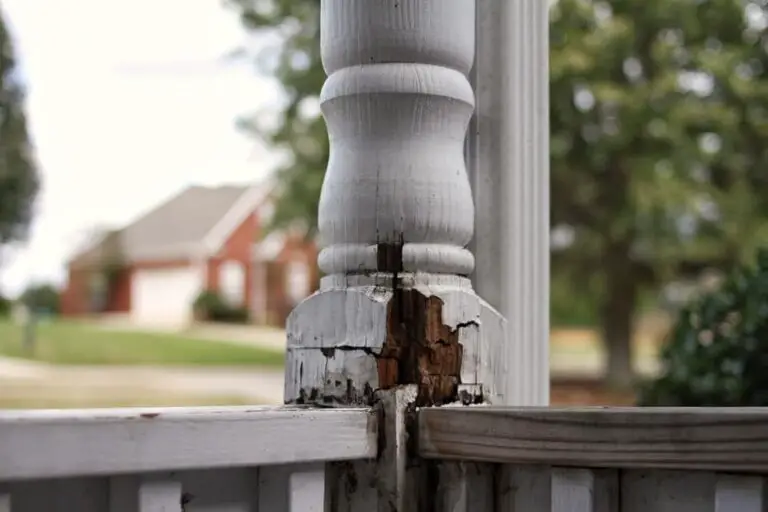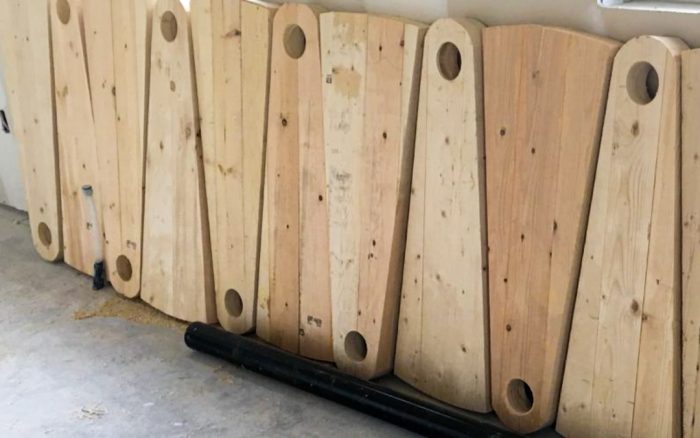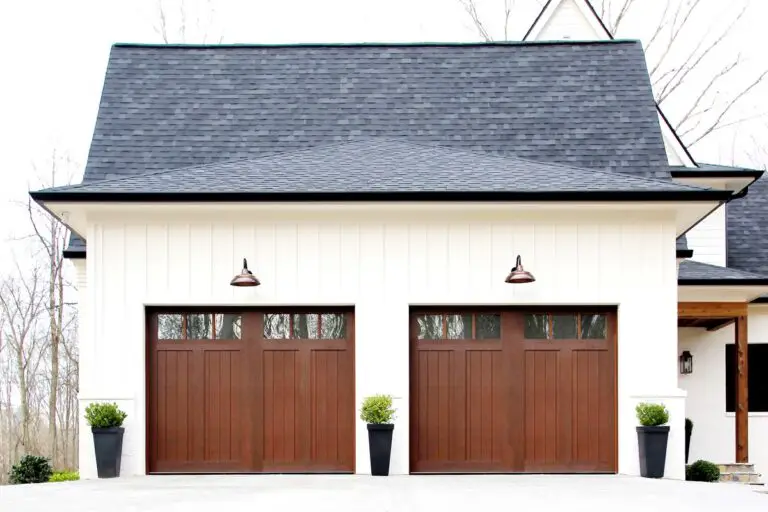Can You Paint Over Varnished Wood
Yes, you can paint over varnished wood. The key is to properly prepare the surface before painting. If the varnish is in good condition, you can simply sand it lightly to create a smooth surface for painting.
If the varnish is peeling or otherwise damaged, you’ll need to remove it completely before painting. Once the surface is prepared, you can apply a primer and then paint as desired.
- Prepare the surface by sanding it lightly with fine-grit sandpaper
- This will help the new paint to adhere to the varnish
- Wipe down the surface with a damp cloth to remove any dust from sanding
- Apply a primer designed for use on varnished surfaces
- This will help the new paint to stick and will also provide a good base for the color you want to achieve
- Once the primer is dry, paint over it with your chosen color of paint, using a brush or roller designed for use on latex paints
- Allow the paint to dry completely before applying a clear sealer or topcoat, if desired
How to paint over stain / varnish surface – No Sanding
Painting Over Varnished Wood Without Sanding
If you’re looking to paint over varnished wood without sanding, there are a few things you need to do in order to prep the surface. First, use a deglosser or liquid sander to help break down the glossy finish. Once that’s done, you’ll want to wipe down the surface with a damp cloth to remove any residue.
From there, you can either primer and then paint, or just paint directly onto the varnished wood. Just keep in mind that it might take more coats of paint to fully cover up the varnish.
Best Paint for Varnished Wood
Varnished wood can be a beautiful addition to any home, but it can be tricky to paint. The key is to choose the right type of paint for the job.
Latex paint is a good option for painting over varnished wood.
It’s easy to work with and cleanup is simple. However, it doesn’t adhere well to glossy surfaces, so you’ll need to sand the varnish down before painting.
Oil-based paints are another option, but they can be difficult to work with.
They also take longer to dry and have a strong odor. But if you’re looking for a durable finish, oil-based paints are a good choice.
Best Primer for Varnished Wood Without Sanding
If you’re looking for a way to update your varnished wood without having to sand it first, there are a few options available to you. You can either use a paint stripper or a heat gun to remove the old varnish. Once the old finish is removed, you can apply a new primer and paint over it.
How to Paint Varnished Wood Doors White
Assuming you want to achieve a white painted finish on varnished wood doors…
If the door is already a light color, then you may be able to get away with painting it white without priming first. If the door is a dark color, however, you will need to prime it with a white primer before painting it your final desired shade of white.
When selecting paint for the job, opt for an acrylic latex paint as it will adhere well to the varnish and provide good coverage. Use a brush or roller specifically designed for use with latex paints to apply the paint evenly across the surface of the door. Start at the top of the door and work your way down in rows, using even strokes.
Allow each coat of paint to dry completely before adding another. Depending on how thickly you apply the paint and how many coats you end up needing, this project could take several days from start to finish.
Once you’re satisfied with the final results, stand back and admire your handiwork!
A fresh coat of paint can do wonders for brightening up any space – and now you know just how easy it is to achieve on your own.

Credit: brushandrollpainting.com
Can I Paint Over Varnished Wood Without Sanding?
It is possible to paint over varnished wood without sanding, but there are a few things you need to do first in order to ensure that your paint job will turn out well. The most important thing is to make sure that the varnish is in good condition – if it’s chipped or peeling, then you’ll need to sand it down before painting. Once you’ve checked the condition of the varnish, give the surface a good clean with soapy water and a sponge.
Rinse off the soap with clean water and allow the surface to dry completely. If there are any cracks or holes in the wood, now is also the time to fill them in with wood filler. Once everything is ready, you can start painting!
Apply a primer specifically designed for use on varnished surfaces, then follow up with your chosen paint colour.
What Happens If I Paint Over Varnished Wood?
If you paint over varnished wood, the new paint will not adhere well and is likely to peel. It’s best to remove all of the varnish before painting.
How Do You Remove Varnish from Wood Without Sanding It?
When it comes to removing varnish from wood without sanding it, there are a few different methods that you can use. One popular method is to use a chemical stripper. This is a product that you can purchase at most hardware stores and it will work to dissolve the varnish so that you can simply wipe it away.
Another option is to use a heat gun. This tool will generate enough heat to soften the varnish so that you can scrape it away with a putty knife or other similar tool. Finally, if you are working with small pieces of wood, you may be able to sand the varnish off using fine-grit sandpaper.
Whichever method you choose, be sure to read and follow all manufacturer instructions carefully in order to avoid damaging your wood.
Will Chalk Paint Stick to Varnished Wood?
Chalk paint is a type of paint that can be used on a variety of surfaces, including wood. However, it is important to note that chalk paint will only stick to varnished wood if the varnish is in good condition. If the varnish is cracked or peeling, the chalk paint will not adhere properly and will eventually start to chip off.
Conclusion
Varnished wood is often used in furniture and trim work, because it provides a durable, protective finish. However, if you want to change the color of your varnished wood, you can paint over it with the right type of paint.
You’ll need to use an oil-based primer and paint to get good coverage on varnished wood.
Be sure to sand down the surface first to help the new paint adhere better. Once you’ve painted over the varnish, you’ll need to apply a new coat of polyurethane or varnish to protect the new paint job.





